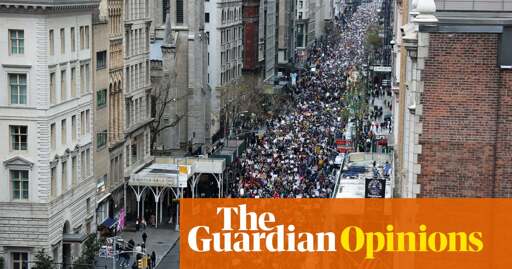Nonviolent protests are twice as likely to succeed as armed conflicts – and those engaging a threshold of 3.5% of the population have never failed to bring about change.
There are, of course, many ethical reasons to use nonviolent strategies. But compelling research by Erica Chenoweth, a political scientist at Harvard University, confirms that civil disobedience is not only the moral choice; it is also the most powerful way of shaping world politics – by a long way.
Looking at hundreds of campaigns over the last century, Chenoweth found that nonviolent campaigns are twice as likely to achieve their goals as violent campaigns. And although the exact dynamics will depend on many factors, she has shown it takes around 3.5% of the population actively participating in the protests to ensure serious political change.
Working with Maria Stephan, a researcher at the ICNC, Chenoweth performed an extensive review of the literature on civil resistance and social movements from 1900 to 2006 – a data set then corroborated with other experts in the field. They primarily considered attempts to bring about regime change. A movement was considered a success if it fully achieved its goals both within a year of its peak engagement and as a direct result of its activities. A regime change resulting from foreign military intervention would not be considered a success, for instance. A campaign was considered violent, meanwhile, if it involved bombings, kidnappings, the destruction of infrastructure – or any other physical harm to people or property.



We had around 6 million at the Hands Off protest. The media barely covered it, just think if they did.